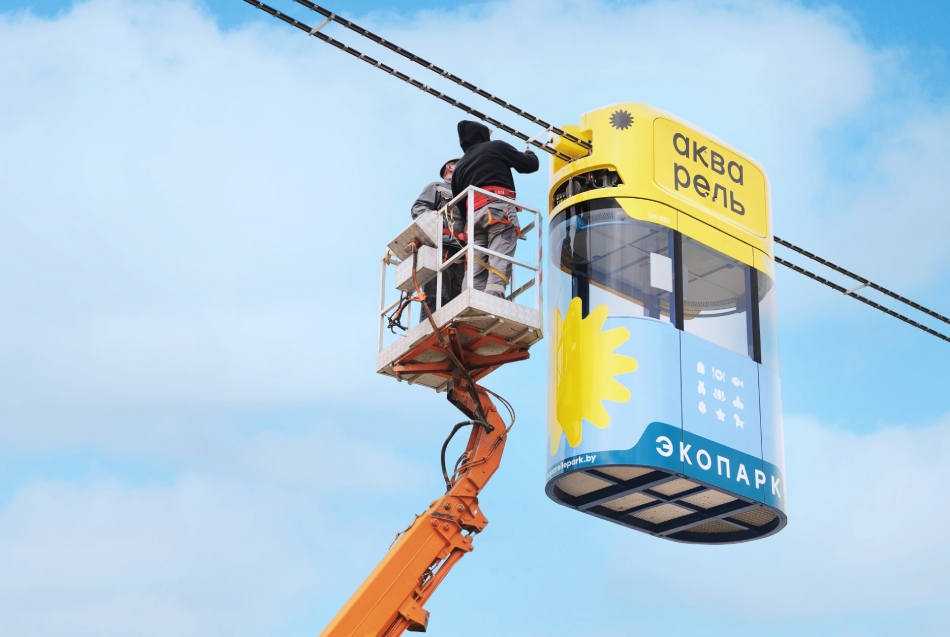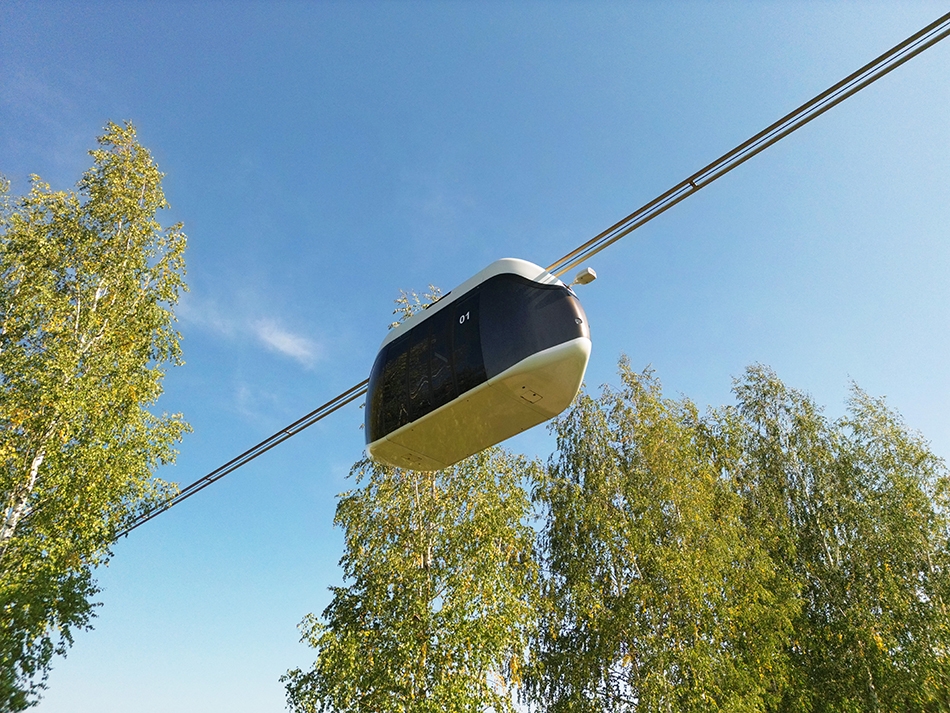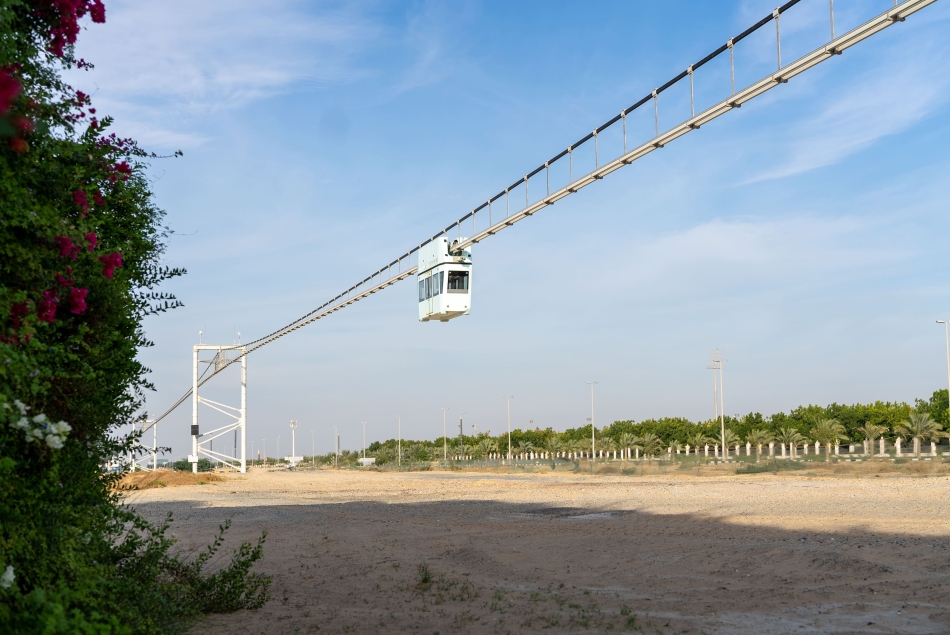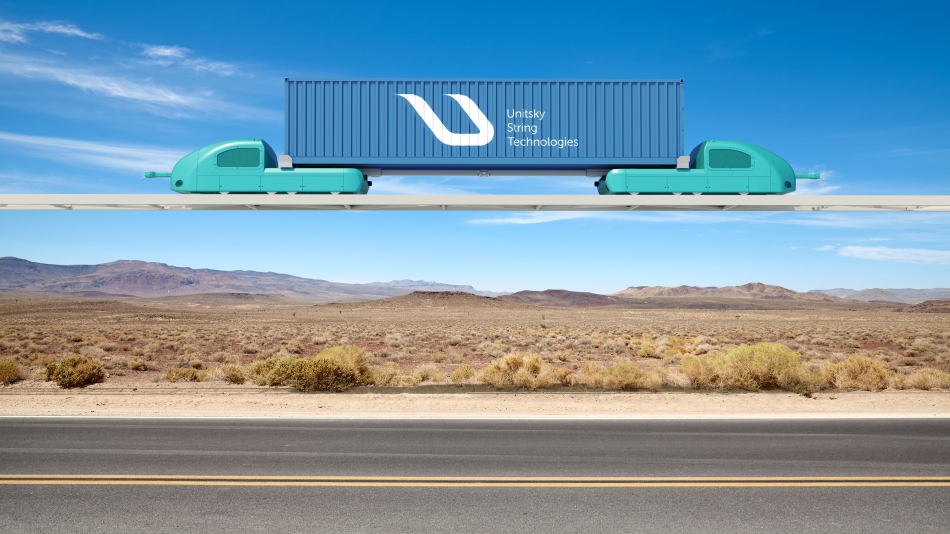uLite: at what stage are the works on the complex?

Earlier, UST Inc. announced the completion of the first stage of commissioning work on the uLite complex. After a series of tests, the uPod was sent to production for routine inspection in the laboratory.
“The uLite systems and components have been tested as planned. At the same time, we have ideas to improve the parameters of comfort and smooth running of transport. As a result, changes to the uLite traction module have been implemented,” said Vitaly Lapkovsky, Chief Designer of Rapid Transport Complex of UST Inc.
In March, the company's engineers conducted a series of test runs that confirmed the viability of the improvements. Now the uPod tests are continuing. In parallel, UST Inc. specialists are working to create a regulatory framework for uST transport. The State Committee for Standardization of Belarus has accepted an application for the development of requirements for uST complexes certification.
More news

Blog
8 August 2025
Rail Driverless Vehicles vs. Electric Cars: Who Will Lead the Way in Green Transport?
Electric cars are not the only — or necessarily the most effective — solution for sustainable transport.

News
11 Junе 2024
uSky Started the Karat Runs with Power Supply from the Track Structure
At uSky Test & Certification Centre in Sharjah, the Karat uBus ran a string rail track for the first time using power from the track.

News
3 December 2024
What Makes the Mounted uCont the Optimal uST Solution for Transporting Cargo Containers?
Currently, uST passenger solutions are the most popular, but cargo systems, including uCont, are also being promoted. uCont can be mounted or suspended, with the mounted version now being actively marketed.

